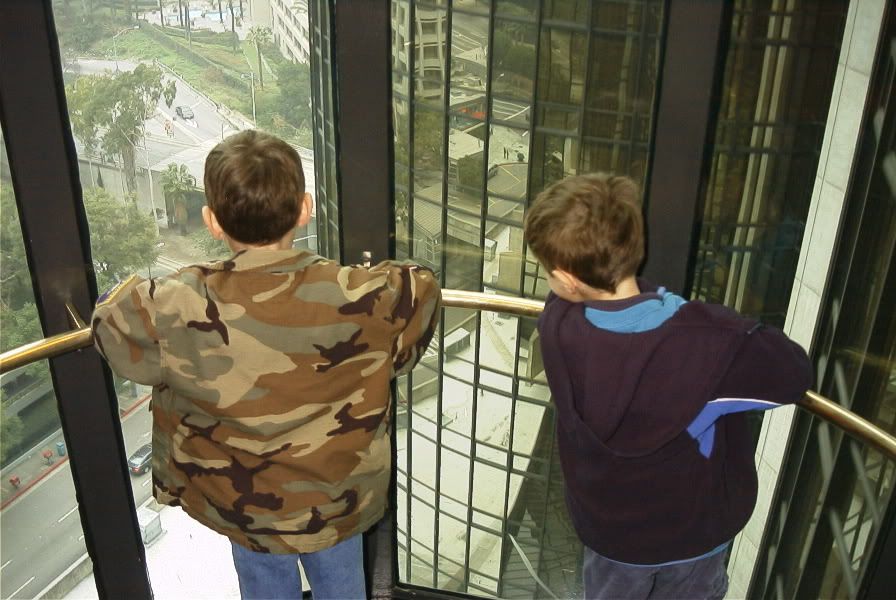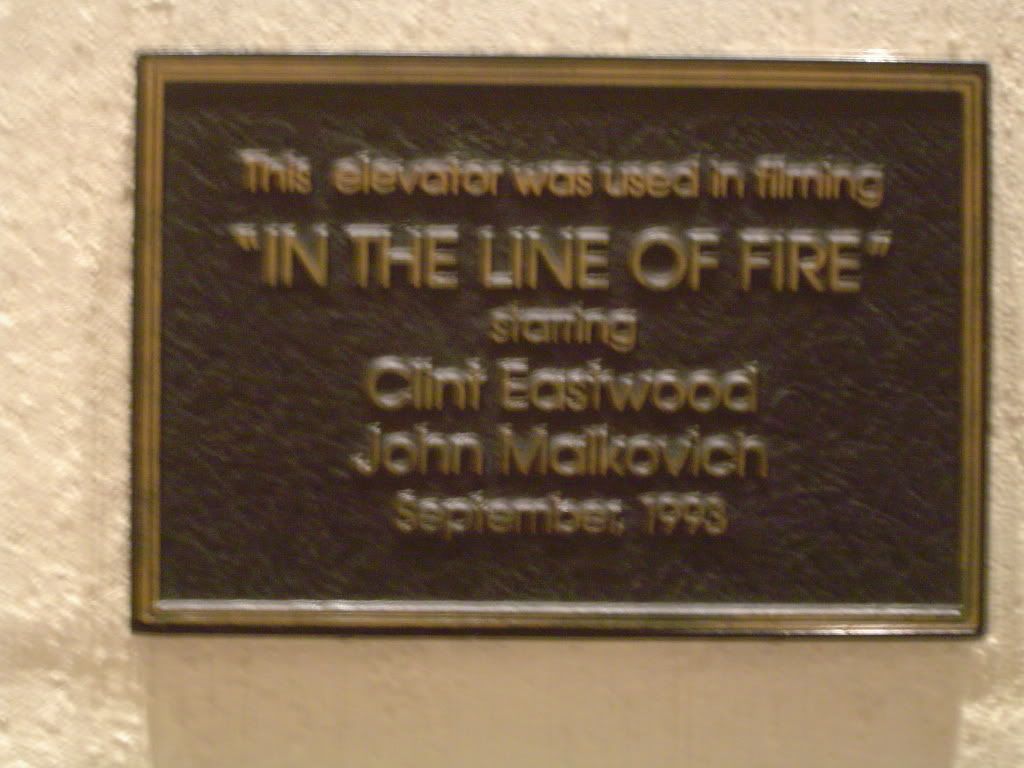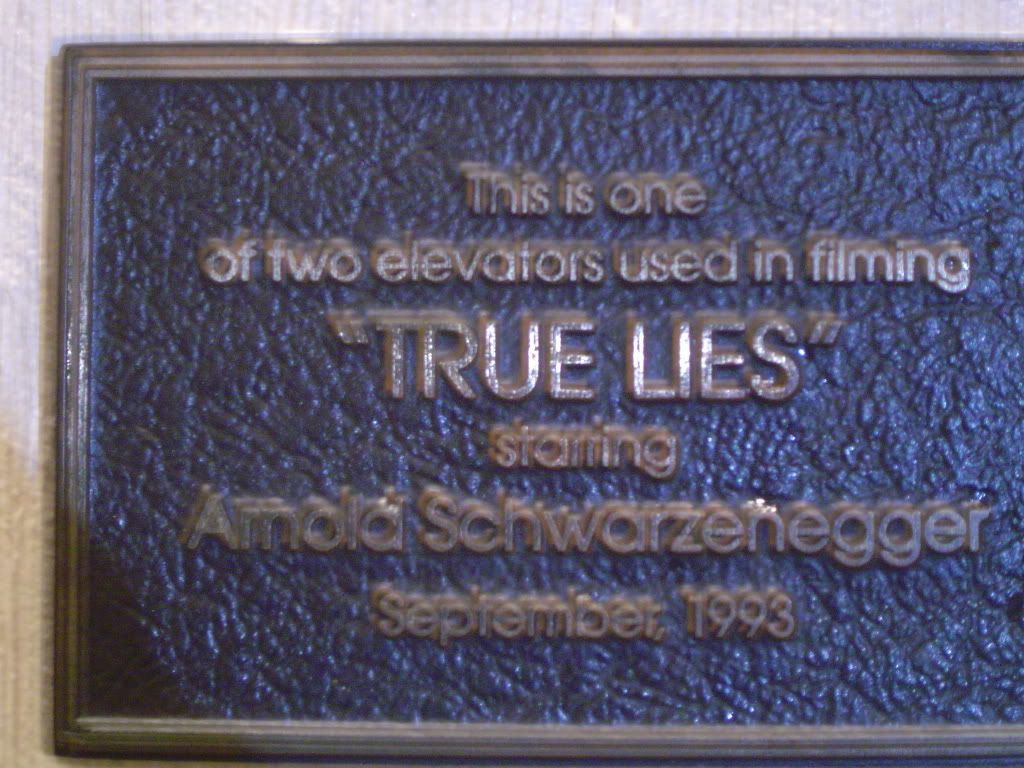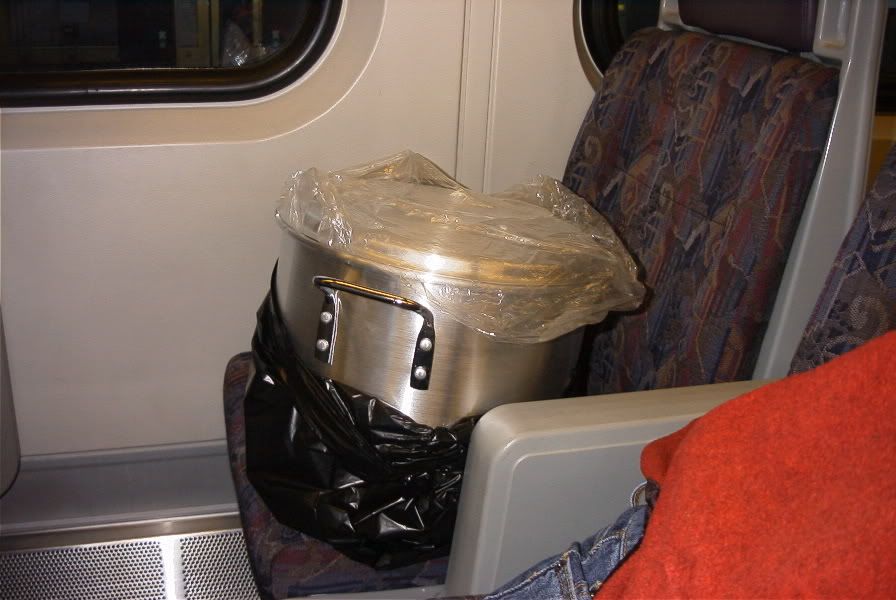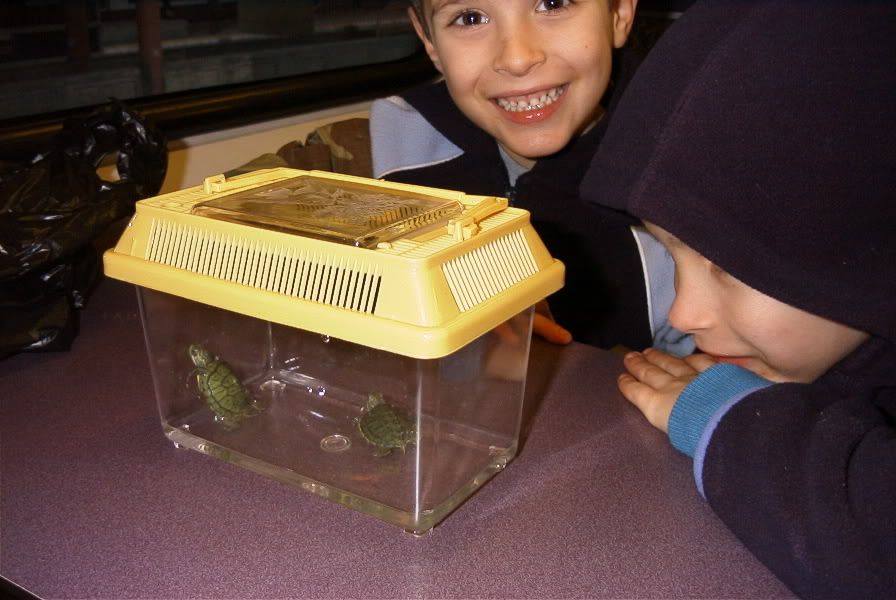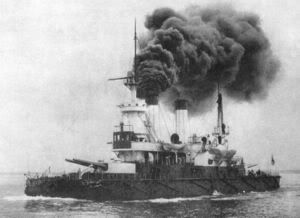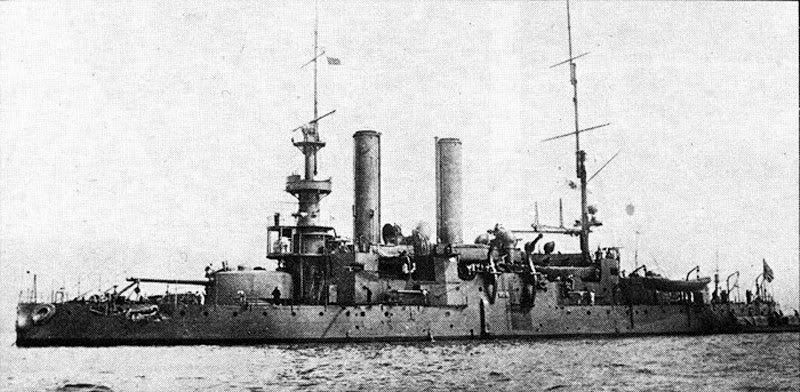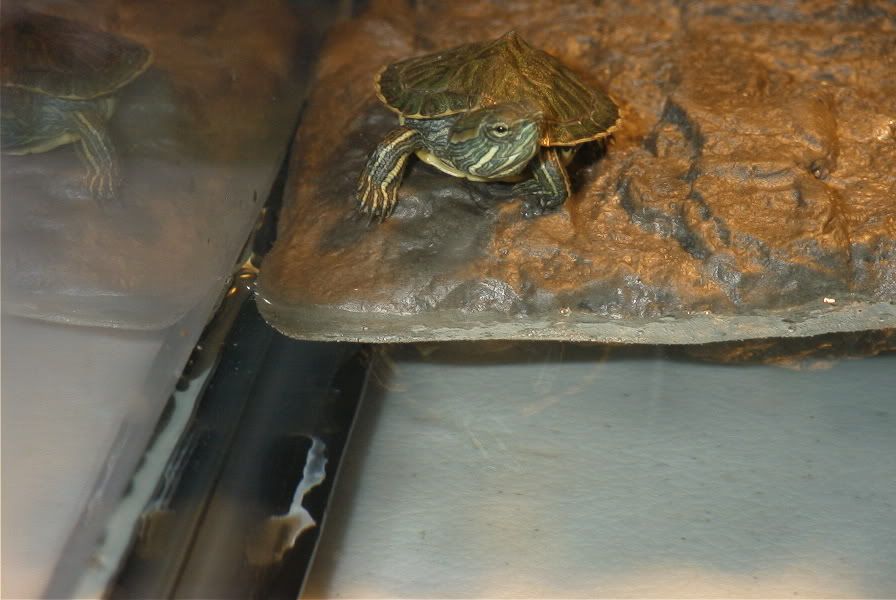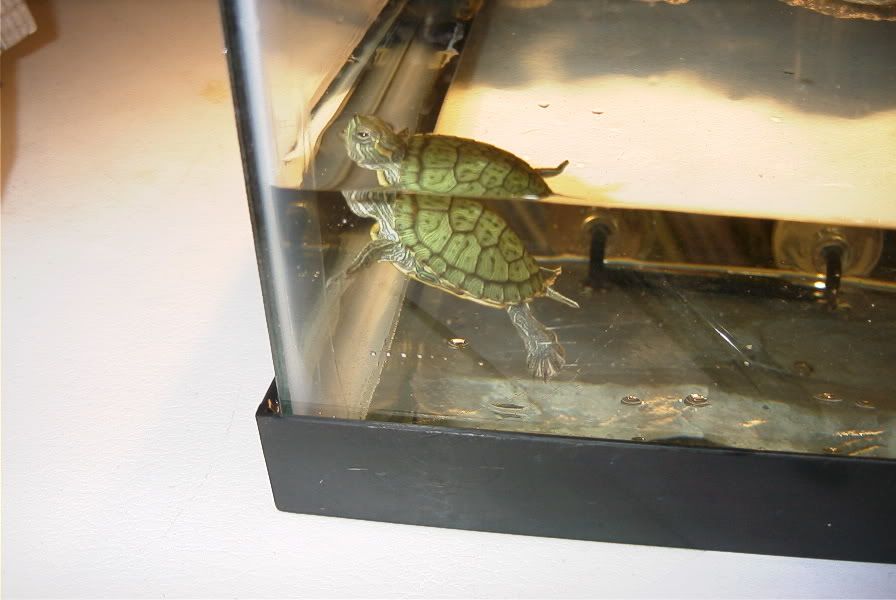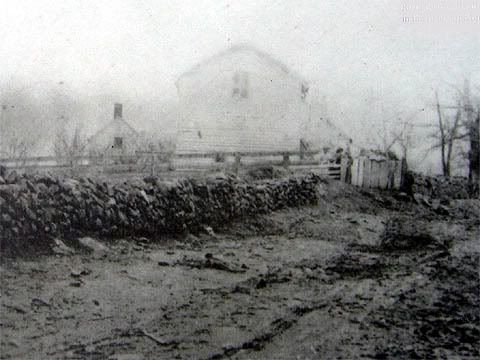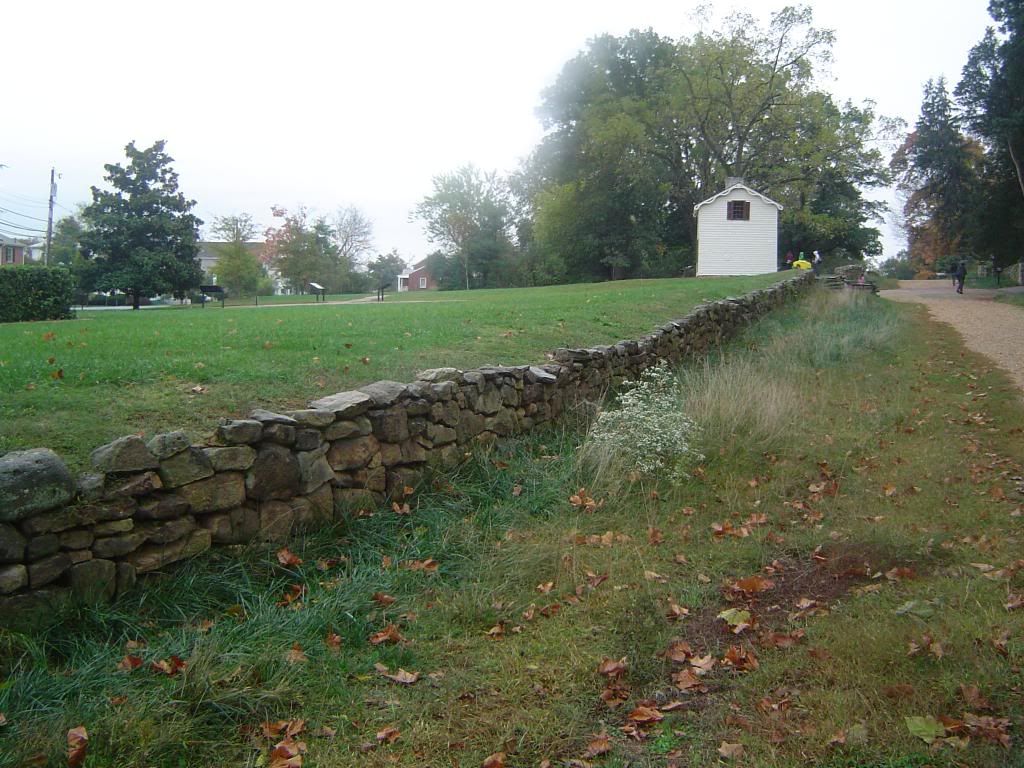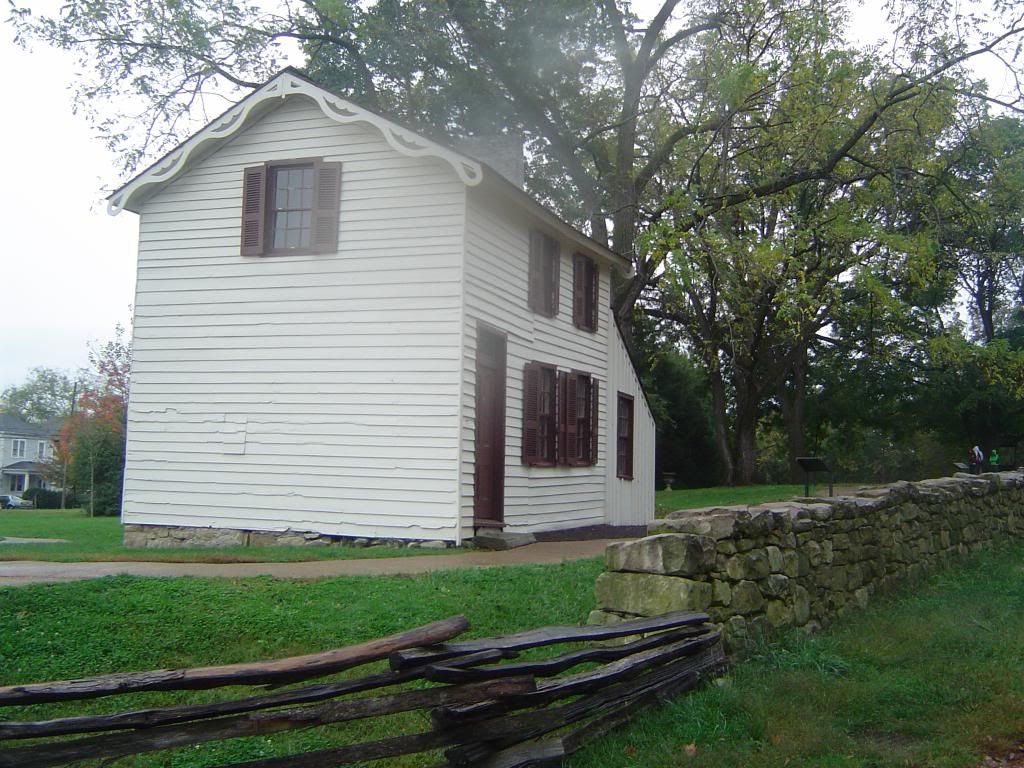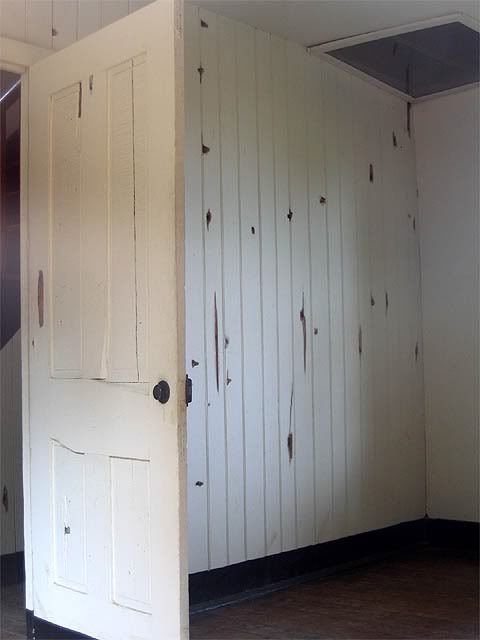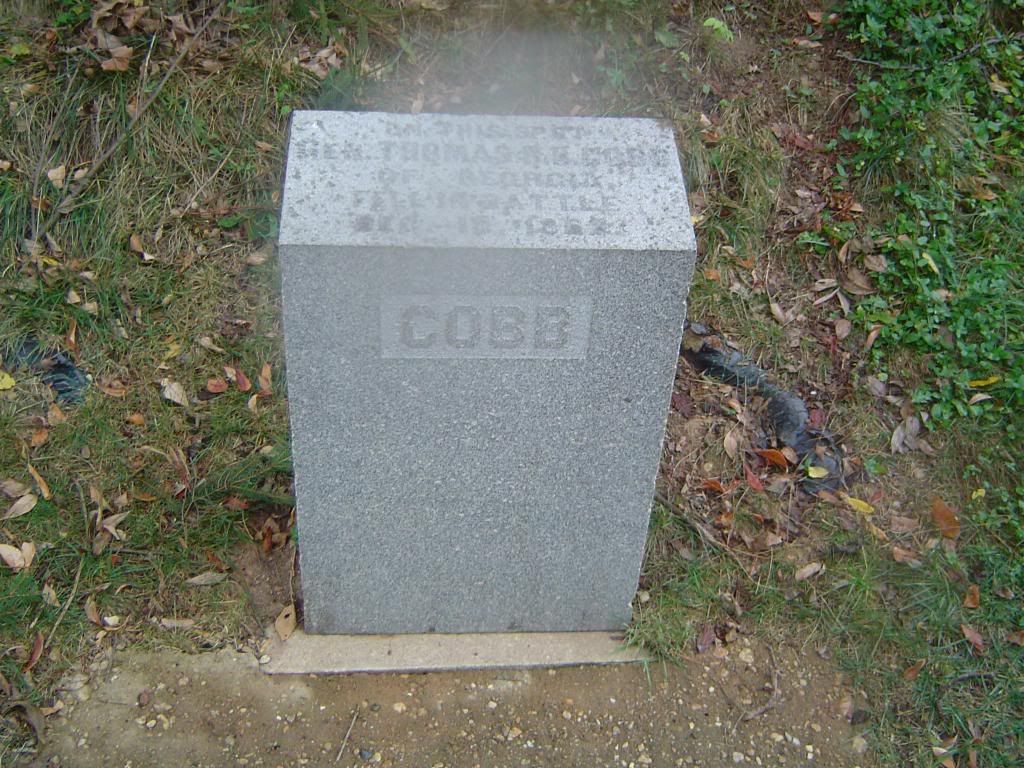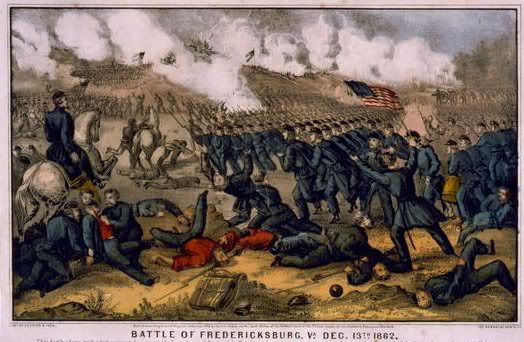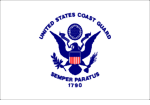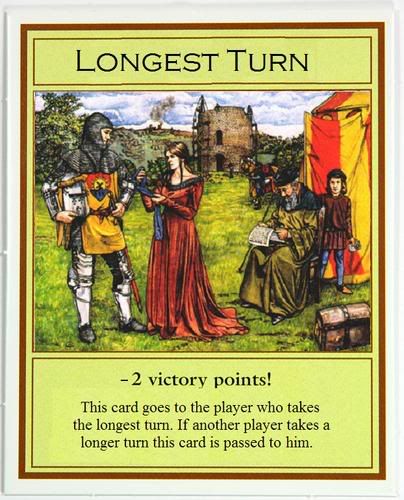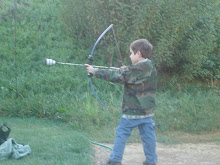For me this was much better than Disneyland! I went on a business trip to Washington and Richmond several weeks ago. The schedule was pretty light so I had some time to go see some of the many Civil War sites. These are small states so it's surprising how much ground you can cover. It took the Federals four years to get to Richmond but it only took me a couple of hours. I took zillons of pictures - but I will spare you that ordeal and just put up a few highlights: The first stop was Harper's Ferry which was the scene of John Brown's terrorist raid in 1859 and of a siege by Stonewall Jackson during the Sharpsburg campaign in 1862.
Here is the famous fire house John Brown held up in with his civilian hostages after things didn't go as planned:
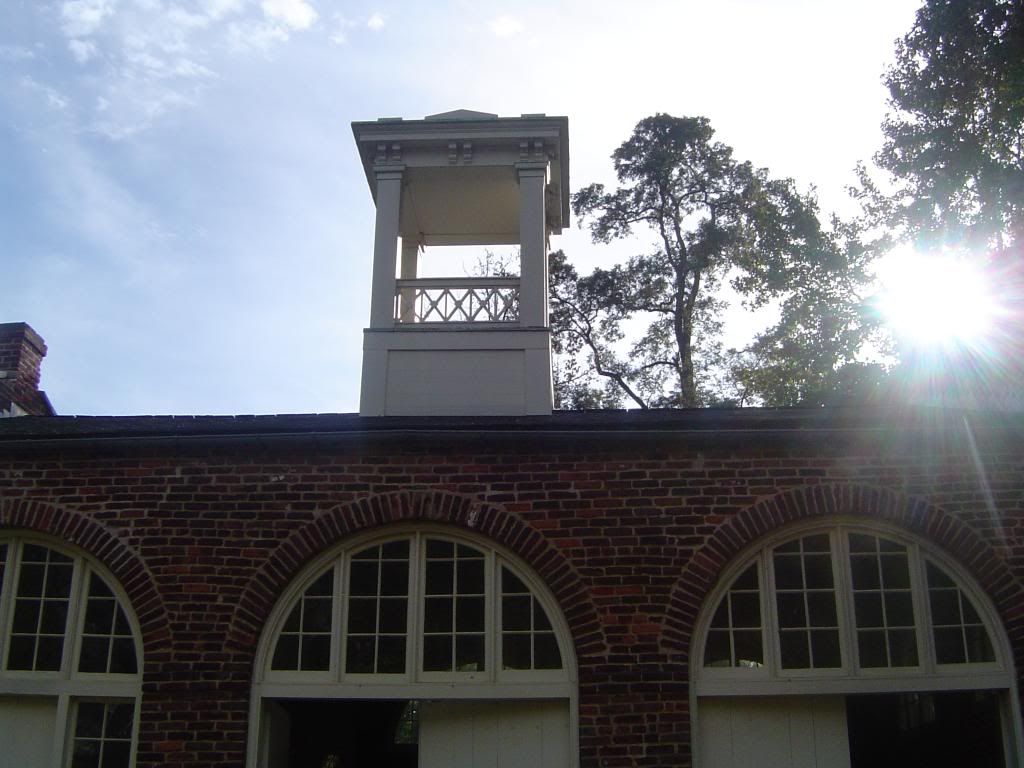
My small camera doesn't really show how completely indefensible Harper's Ferry is. It is in a deep valley with high hills on three sides. Even the limited range artillery of the Civil War could reach any part of the town from the hill tops. Obviously the town suffered. This is the remains of the Episcopal Church which was destroyed in the 1862 siege.
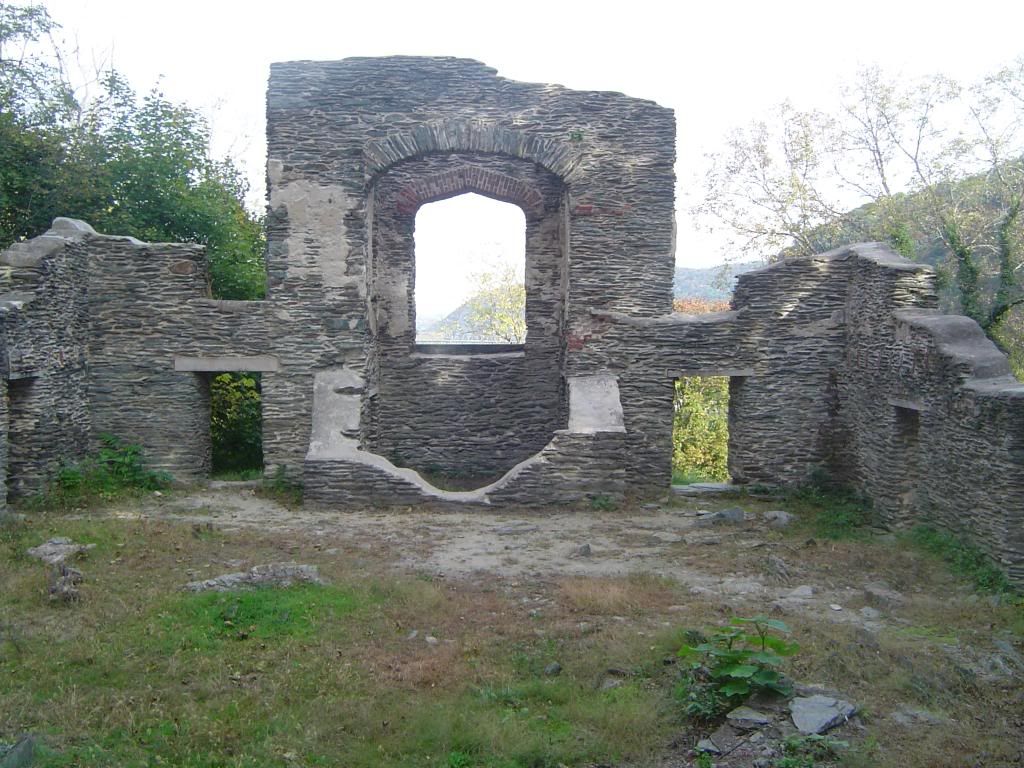
I was tempted to go to Sharpsburg which isn't far from Harper's Ferry but that battlefield (aka Antietam), really deserves a whole day to itself. So with the remaining hour or so of daylight I went to Winchester which is maybe 20 miles south of Harper's Ferry. This is the center of the lower Shenandoah valley and a very important strategic site.
This house was Stonewall Jackson's headquarters where spent the winter months during 1861/62 (back in those days wars were pretty much suspended during the winter). From here Jackson went out and fought the Valley Campaign which established him as one of the great military geniuses of American history.

The next day I went to the Manassas (or Bull Run), battlefields (two battles were fought in the same area about a year apart in 1861 and 1862.
The National Park Service visitor center is very conveniently located on Henry House Hill which is the most important point in the 1st Manassas battle (July 1861). This was the first large battle of the war. Both the Union and Confederate armies were mostly volunteer forces and were more like armed mobs than actual armies. The generals on both sides knew they needed a lot more work before they should try to actually fight their armies. Unfortunately the political pressure on both sides for a huge decisive battle to end the war in one stoke forced the armies together before either side was ready. The Union forces attacked and were winning the battle against the outnumbered Confederates up until the point they ran into General Thomas J Jackson and his 1st VA brigade on Henry House Hill:

It's not much of a hill but Jackson put his brigade behind the hill with his cannons on top of the hill.
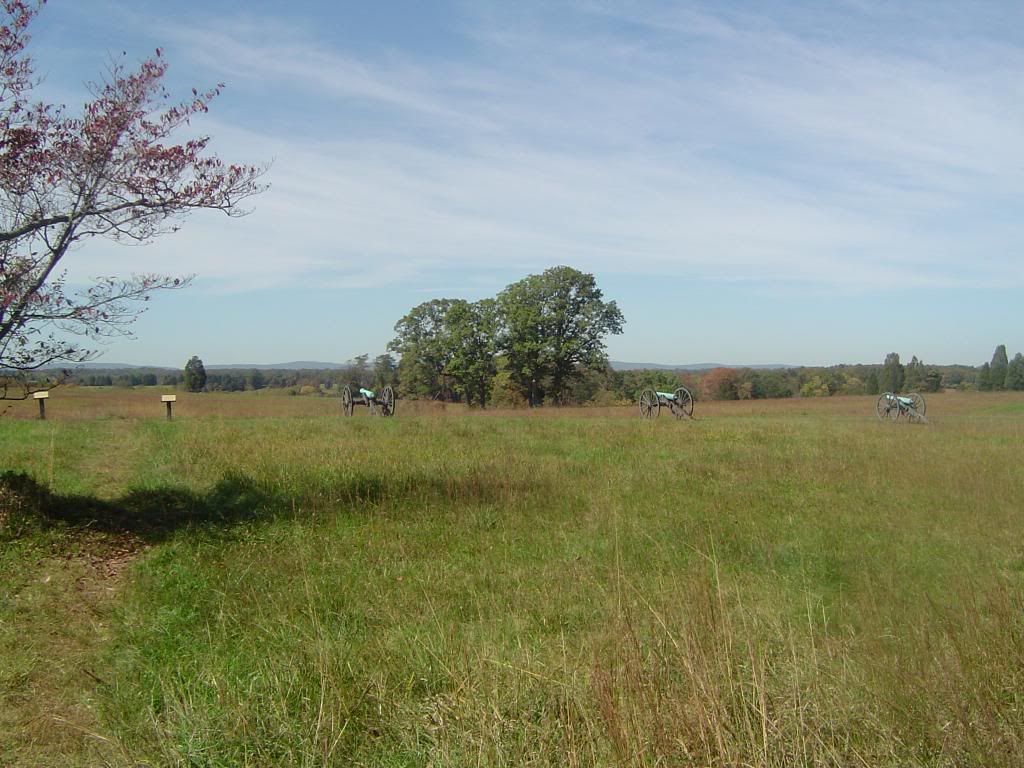
The Federal cannons were only maybe 100 yards away. At one point on the left end of the line they were only 200 feet away. At the other end of the 200 feet the 500 men of the 33rd VA Regiment was taking cover in these trees:
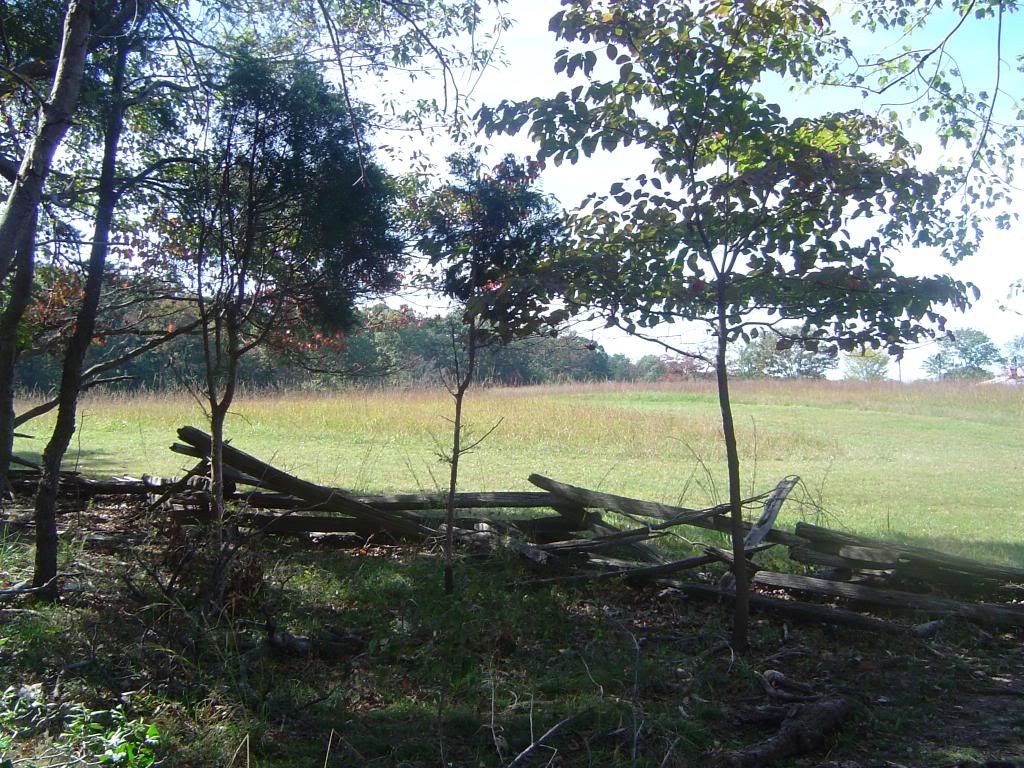
Two Union cannons are just visible in the center of the picture. This is a great battlefield as they have cannons where they should be an a lot a good markers. Anyway, the 33rd VA was tired of getting shelled at close range so they decided to charge the cannons. They were successful and this small incident in a huge battle was the beginning of the end for the Union army. Union infantry attacked Jackson's line and he ordered a bayonet charge which continued the rout started when the 33rd took the cannons a moment before. Just at this moment more Confederate forces arrived on the Union flank and their whole army panicked and ran – about 20 miles all the way back to Washington DC. So the Confederates pulled out a huge win late in the game due to the stand of Jackson and the greenness of the federal troops. The Federals did get a measure of redemption at the 2nd Battle of Manassas in 1862 when a Federal division under Reynolds made a heroic rear guard stand on this same hill thus saving the Union army under Pope from total destruction after the debacle of a battle earlier in the day.
1st Manassas is where "Stonewall" Jackson got his name. When it looked like the Confederates would be routed from the field, General Bernard Bee pointed to Jackson's brigade on the hill and Jackson on his horse in plain view in front of his troops (remember that the Union cannons were only a 100 yards away), and yelled:
"Look! There is Jackson standing like a Stonewall! Let us determine to die here today and we will conquer, Rally behind the Virginians!"
The name stuck and both the General and his Brigade were known as "Stonewall" ever after.
Shortly after that General Bee was shot and killed on this spot on top of the hill:
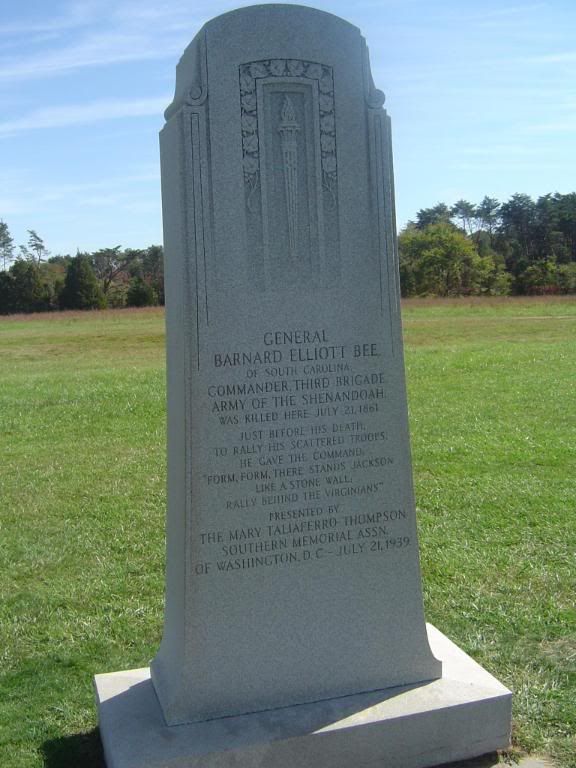
This is getting pretty long so I will continue it later….




